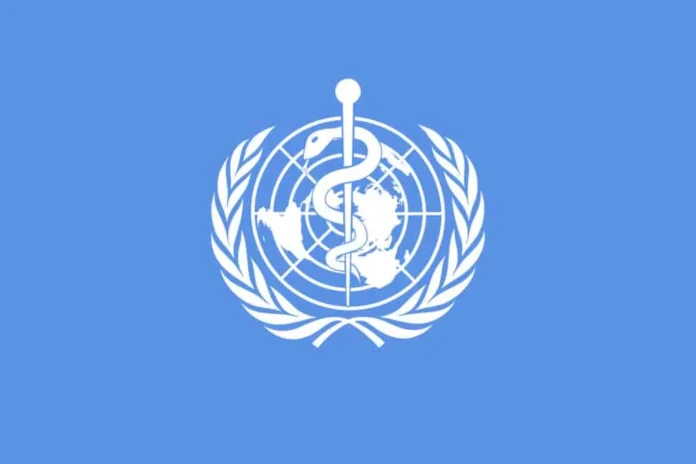Last Updated on October 12, 2024 by The Health Master
Coronavirus infections continue to grow and as they do, health workers are getting ill. In some countries up to 10% of health workers are being infected by coronavirus, said Dr Tedros Adhanom Ghebreyesus, World Health Organization (WHO) Director General.
Such infections increase the rate of infection throughout a community and can pull critical health workers out of service. “This is an alarming trend,” said the Director General who, along with other agency officials, shared guidance on how to protect health workers at today’s WHO briefing.
Health workers are at risk on two fronts, explained WHO officials. Due to a shortage of personal protective equipment, some are being infected in hospitals. However, others are also being infected outside hospitals, in their homes or communities.
“Health workers have always been, unfortunately, the mine’s canary in epidemic response, particularly in areas that don’t have strong surveillance systems” said Michael J. Ryan, Chief Executive Director of the WHO Health Emergencies Programme. Evidence from a variety of countries is helping to explain this trend, one driven in part by the following:
- Delayed recognition of COVID-19 symptoms and lack of experience in dealing with respiratory pathogens.
- Exposure to large numbers of patients in long shifts with inadequate rest periods.
- Lack of personal protective equipment.
- Lack of measures to prevent the spread in hospitals.
Also read: Wardbot to serve food and med to COVID-19 patients: IIT
To help combat these issues, WHO officials recommended the following:
1. Training healthworkers to recognize respiratory diseases
Some infections in healthcare workers have occurred in wards that don’t typically deal with infectious diseases, such as long-term care wards or wards for elderly individuals, said Dr Maria Van Kerkhove, WHO Technical Lead.
As a result, all healthcare workers must be educated about coronavirus, how it is transmitted and how they can protect themselves, said Van Kerkhove. She mentioned that the agency offers a range of interactive trainings on its open W.H.O. platform to help train healthcare workers about the virus and how to put on and take off PPE safely.
2. Increased access to personal protective equipment
Access is key and the global PPE shortage is complicating efforts for health workers to stay protected. A United Nations task force will coordinate and scale up the procurement and distribution of PPE. Every month, the task force will need to deliver an estimated 500 million medical masks and gloves, as well as other equipment such as respirators and oxygen concentrators for clinical care.
Additionally, the WHO has launched a collection of tools to help managers and planners at hospitals calculate the equipment that will be needed for their patients. “We owe a huge debt to our frontline health workers,” said Ryan, “and they asked for nothing more than the training and the protective gear to do their jobs.”
Also read: Paper towels may remove virus missed by poor hand washing
3. Support for health workers
Many healthworkers are taking on long shifts without break. Exhausted, stressed healthworkers might be less vigilant when using personal protective equipment, through no fault of their own, said Van Kerkhove. “We need to find ways in which we can provide some rest periods so that they don’t have very long extended shifts and they have ample time to rest because that’s when fatigue sets in.”
4. Strong hospital surveillance systems
Future surveillance systems must also be in place to help prevent the spread of infection at hospitals. At one point during the outbreak of Ebola, said Ryan, nearly 70 percent of cases were actually being transmitted within the healthcare system.
“The health care environment is an environment in which people can be saved or treated,” explained Ryan. “But it is also an environment in which viruses are present. And we need to protect patients and we need to protect those health workers.”
5. Recognition that every healthcare system has gaps
Understanding that every health system is vulnerable is key to finding any existing gaps and ensuring the protection of both health workers and the public at large. Some of the strongest health systems in the world have been surprised by the pandemic, said the Director General. ”You see lack of preparedness of the whole health system,” he said.
“Any system could have gaps and we should have the humility to see to what extent our system is prepared and how can we improve it for the future.”
This article was first published in World Economic forum.


